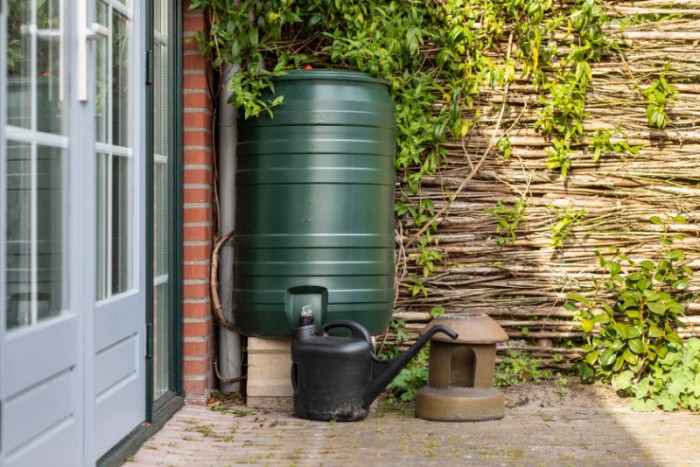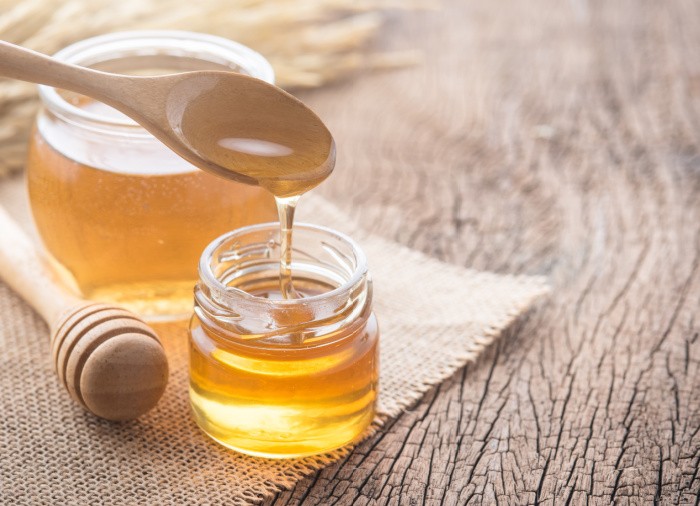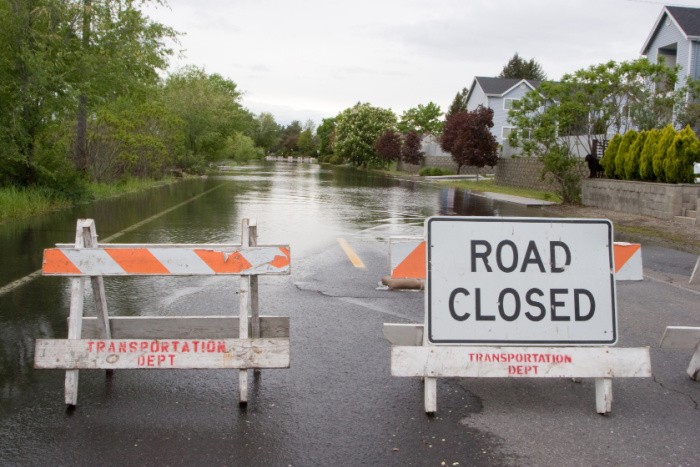Why You Need Emergency Water Storage
Today it’s all about why you need emergency storage water for survival. If we turn on the television or read a newspaper it’s quite evident that if a disaster were to affect our community the water may be shut off in a split second. That’s right, with zero warning.
Please do not count on using that water heater unless you have a turn off valve you can switch BEFORE your water is contaminated. Oh, and if you have a pool, if we lose power for an extended amount of time that water source will become a poisonous algae mess.
Or, the water coming through our water lines could be contaminated and we will be unable to safely drink it, cook with it or even shower with it. I don’t want to be standing in line to get a case of water for my family from my city government after an unforeseen disaster unless my home is totally destroyed. American Red Cross (see page 7)
I have seen the lines on television with people waiting to get a case or two of water from their city offices. Please store some water for your family so you will be prepared for the unknown. I suggest four gallons of water per person per day.
I know the American Red Cross suggests only one gallon per person per day. I need water and lots of it. That’s all I drink all day, I would rather have too much water than have to tell my family “We are out of water.” Yikes!
Emergency Water Storage
One thing to think about is after water is stored for a long period of time the taste may not be what you are expecting. For this reason, I suggest storing some hot chocolate mix (or making your own) and some flavored packets. I’m just giving you the heads up here.
I think you know what I’m talking about, like when you go to a restaurant and the water is filtered, it tastes good. Sometimes we go to another place and the water is not filtered and the water doesn’t taste so great.
I highly suggest you keep water in your car in case you need to evacuate your home, or even if you are traveling and the car breaks down or the road is closed for an extended time. I was thrilled to see my daughter in California has two cases of Blue Cans in the back of her car for emergencies!
I want you to think about where you would have to go get water if your water supply stopped. For instance, I live in Southern Utah where much of the water comes from the Virgin River.
If it was tainted, I would not go south to Mesquite, Nevada which is 40 miles away because they also get some of their water from the same source. I would go north to Cedar City, Utah where the water comes from the mountains. It’s all about making a plan before you need that plan.
Possible Water Contamination
It is vital to have water storage to sustain life and ultimately survive. Many times in natural disasters the electricity goes down and we are unable to access water via our hoses, taps, etc. because the local water utility, or even home well systems no longer work.
Sometimes the water is contaminated by flooding and cross-contamination from sewage. You will need water for a minimum of three days. If we don’t have water, we will not be able to use much of the freeze-dried or dehydrated food we plan to eat every day when challenges come our way.
Lead-Free Hoses
Some water hoses have lead in them; use a lead-free hose to fill your containers. Element ELGG58050 Green And Grow Lead-Free Drinking Water Safe 5/8-Inch by 50-Foot Water Hose
Minimum water needed per day:
- 1 gallon per day per person to stay hydrated. If you live in an extremely HOT area you might need more.
- 4 gallons per day, per person, allows for personal hygiene, washing of dishes, etc.
- 5-12 gallons per day would be needed for a conventional toilet.
- 1/2 to two gallons for a pour and flush latrine.
Boiling water for use:
- Boil filtered and settled water vigorously for one minute (at altitudes above one mile, boil for three minutes).
- To improve the flat taste of boiled water, aerate it by pouring it back and forth from one container to another and allow it to stand for a few hours, or add a pinch of salt for each quart or liter of water boiled.
Bleaching/purifying water:
- Information from Clorox: When boiling water for 1 minute is not possible in an emergency situation, you can disinfect your drinking water with Clorox®Regular-Bleach as follows:
- Remove suspended particles by filtering or letting particles settle to the bottom.
- Pour off clear water into a clean container.
- Add 8 drops of Clorox® Regular-Bleach (not scented or Clorox® Plus® bleaches) to one gallon of water (2 drops to 1 quart). For cloudy water, use 16 drops per gallon of water (4 drops to 1 quart).
- Allow the treated water to stand for 30 minutes. Water should have a slight bleach odor. If not, repeat and wait another 15 minutes. The treated water can then be made palatable by pouring it between clean containers several times.
Storing Water Ideas
Water Preserver Concentrate **This Water Preserver only needs to be changed out every five years. The bleach used in water containers will need to be rotated out every six months.
- Water Preserver is recommended by top emergency professionals
- It is approved by the EPA
Copyright Images: Depositphotos_26778051_m-2015
Final Word
We must have emergency water storage for survival, you will be glad you did, I promise. I didn’t cover the various options of storage containers you should consider, based on storage space, the number of people you’ll be storing water for, and budgeted funds available. These are a few of my favorite tools and products to help us prepare and store the water we will need in an emergency situation:























Off the subject, but this is the only way I know how to contact you!
Can you please tell me what brand of essential oils you prefer? It wouldn’t be an endorsement, just an opinion!
Kathie
Hi Kathie, I only use DoTerra essential oils. I have tried others but I like the quality of DoTerra. I would love to sell the oils but I feel strongly that I am here to teach the world. I don’t want my website to be known as the website that is always pushing “it’s your last chance to buy this e-book or this product.” You can always PM on Facebook: Linda Loosli. Or you can email me at foodstoragemoms@yahoo.com I learn a lot from my readers too! Linda
Good list Linda!
So – Big Berkey – check.
2 rain barrels – check.
51 gallons of water stored – check.
Plus don’t forget! You can use those square bottom juice/tea bottles in the freezer. I’ve got many bottles frozen in the freezer – if the power goes out they’ll keep the food frozen a wee bit longer, plus when they do melt we’ll have water for drinking or whatever we need!
Cheryl
Hi Cheryl, rain barrels are on my wishlist!! Good job! I love your idea of having many bottles in the freezer! I have one a one-gallon jug! We do what we need to in order to have water!!! Linda